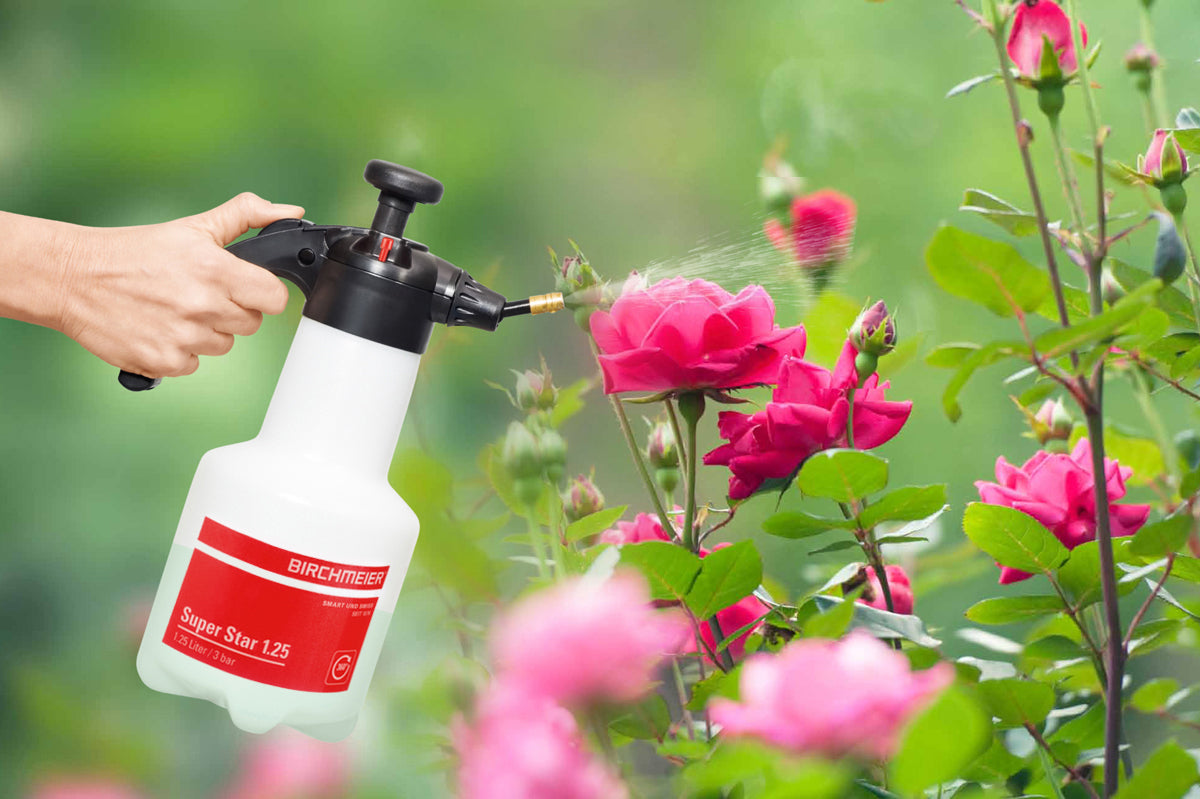
Adult Box Tree Moth can be identified by their white wings and brown trim around their outer edge
Why use Box Tree Moth monitoring traps?
Box tree moth (Cydalima perspectalis) is a significant pest of box bushes (Buxus spp.). The attractive lush green foliage and decorative architecture of the box bush can be devastated by feeding box caterpillars, and if pest numbers are high enough can results in complete defoliation of the box plant.
- Monitoring to identify pest population activity of box moth caterpillars
- Identifies if further action is needed to protect box bushes
- Compact design of Andermatt Home and Garden traps allows for the subtle positioning around plants whilst not compromising on attractive power
What is Box Tree Moth?
The box tree moth (Cydalima perspctalis) is a Lepidoptera pest which originates from East Asia, possibly China. It has recently been introduced to Europe from where it spread to the UK. First recorded in Kent in 2007, and then Surrey in 2008 it has since spread across the South East. The number of reported sightings have been increasing since the insect was first reported as a pest in gardens in 2011. The Royal Horticultural Society (RHS) have been carrying out a survey for the public to report sightings to allow them to record the spread of the pest across the UK (to participate in this survey by reporting box tree moth catches click here ). In three of the past four years (2015, 2017 and 2018) box tree moth has topped the annual RHS report of garden pests based on the number of queries they receive from gardeners. This pest is now well established in the UK and is spreading North and West.
Box tree moth Cydalima perspctalis (synonymous with Diaphania persepctalis) is a Lepidoptera. It is a pest of box trees (Buxus spp.) and has a very narrow host plant range. Within the UK there are 2 or 3 generations per year depending on location and environmental conditions. Eggs are laid on the leaves of box tree plants. After hatching the caterpillar feed on the leaves. Caterpillars are distinctive in their appearance with black and white stripes on green bodies. Box tree caterpillars can grow to 4 cm in length. As the caterpillars develop they produce silk which they use to stick together leaves to protect themselves, this appears as white webbing (tents) on the plant foliage. Adults are large and white with brown margin all around the outside of their wings.
What are box tree moth pheromone traps?
The Andermatt box tree moth pheromone trap is a plastic funnel trap which uses a box tree moth specific pheromone lure to attract adult male moths to the trap from which they cannot escape. Each trap comes with one pheromone lure which will last for 6 weeks, further individual pheromone lures are available. The Andermatt box tree moth pheromone lure can also be used with any other box tree moth trap which uses a basket in its lid to hold a lure. Box tree moth pheromone traps should be used when the adult moths are flying from April until October.
How to use Box Tree Moth traps in an Integrated Pest Management (IPM) program?
Monitoring for a pest is a cornerstone of an Integrated Pest Management (IPM) program. It allows early identification of the presence of the pest and the risk posed to the crop. Trapping systems such as Andermatt box tree moth pheromone trap should be used alongside other box tree moth management practices including good crop hygiene, removal of caterpillars, management of beneficial predator populations and use of Plant Protection Products (PPP).
Best practice for using box tree moth pheromone traps:
- Hang the traps when the adult moths are active from April to October
- Position traps 1.5 to 2 m above the ground
- Fill the base of the trap with approximately 5cm of water and a few drops of washing up liquid to prevent trapped moths escaping
- Check the trap at least weekly, empty and refill with fresh water to remove dead moths
- Replace pheromone lures every 6 weeks
- Until use, keep pheromone lures in unopened sachets in cool location out of direct sunlight
Benefits to the environment.
Understanding when a pest is present is key to planning an ecologically sound integrated pest management strategy. Identifying adult pest activity and planning future action is better both the environment and the user rather than reactive action when the more destructive stages of the life cycle are present. Pheromone traps are specific in their action attracting, catching and killing only box tree moths.



